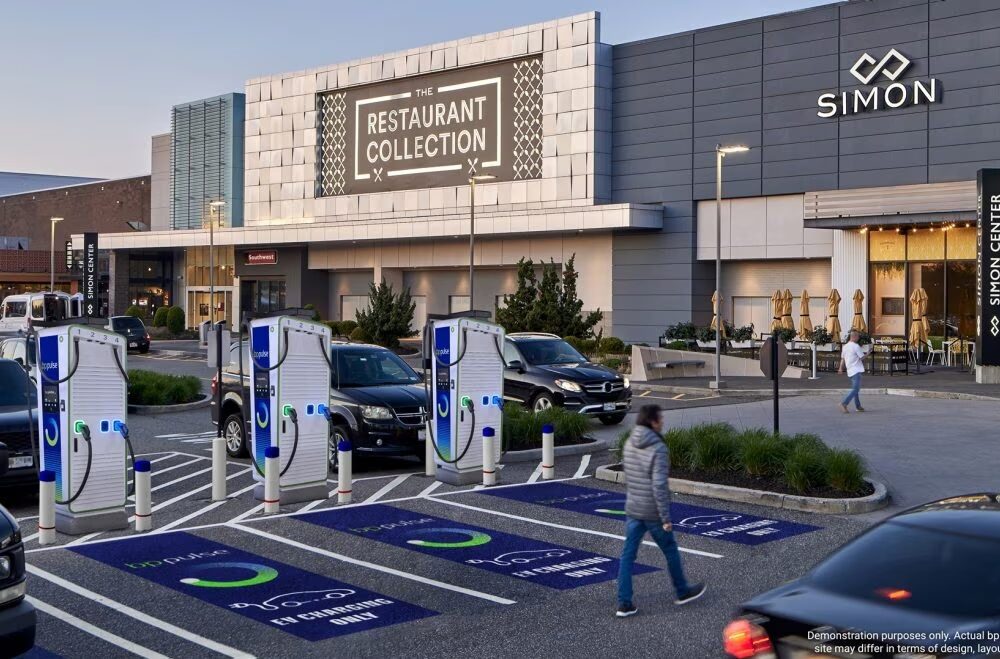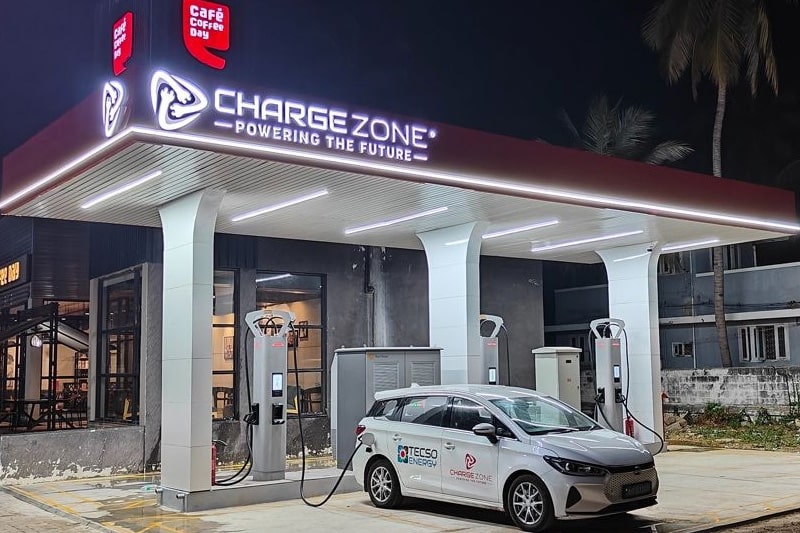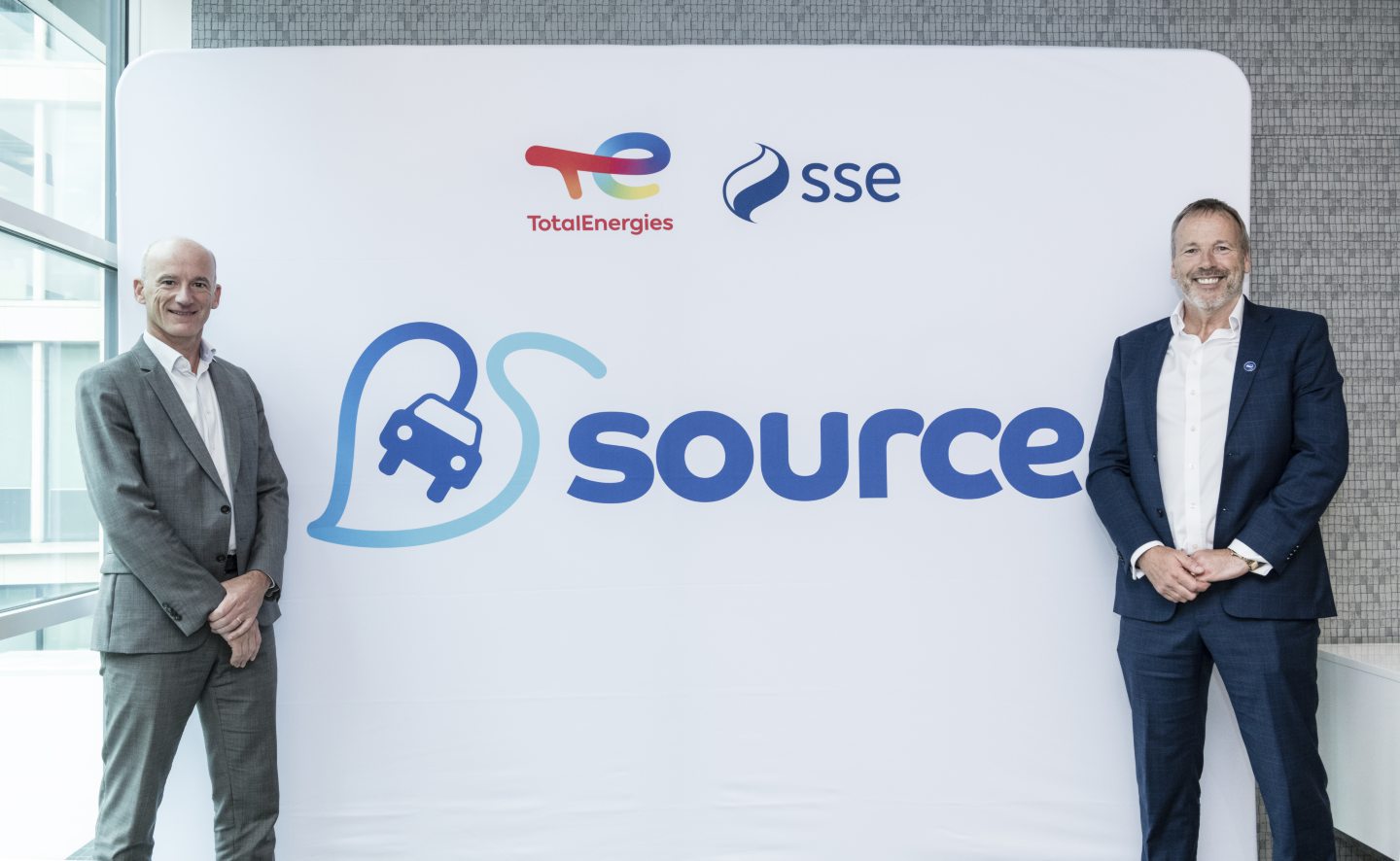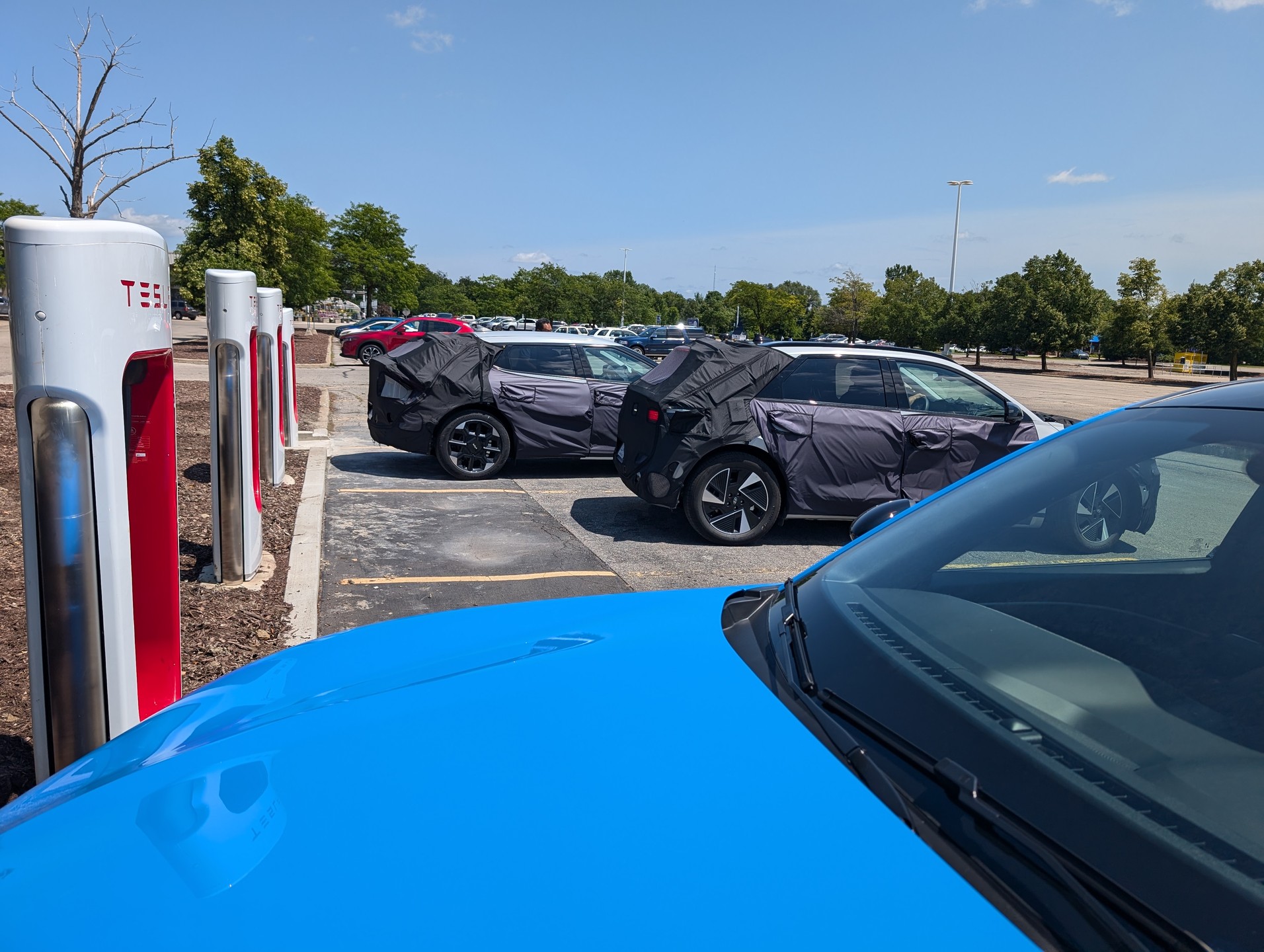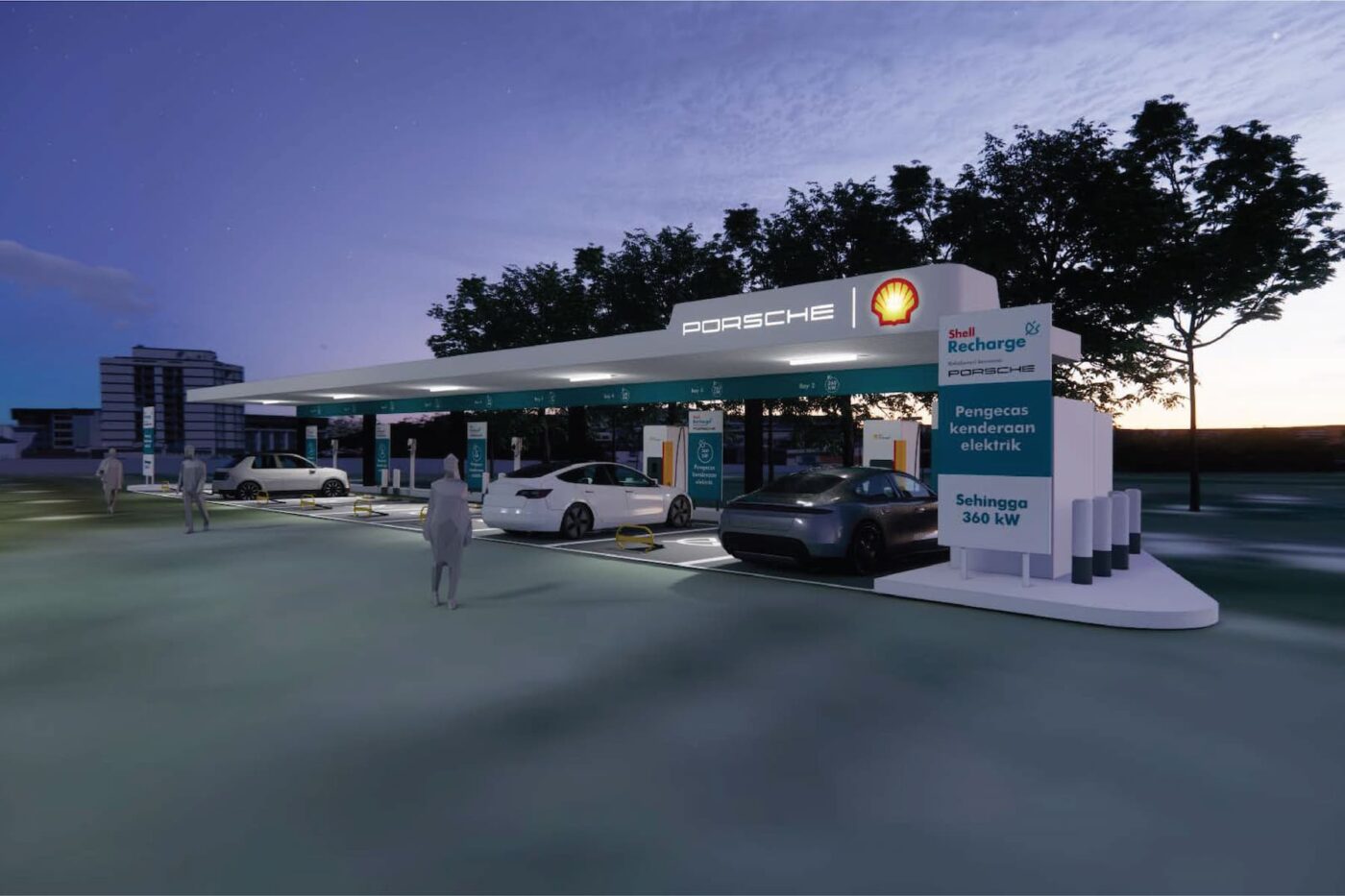BP (BP.L) has signed a deal with mall owner Simon Property Group (SPG.N) to install and operate more than 900 high-speed electric-vehicle chargers at 75 sites across the United States, the companies announced on Wednesday.
“The first locations with chargers from BP Pulse will be open to the public in early 2026 and support vehicles from nearly all EV makers,” the companies said in a joint statement.
“We continue to believe that the U.S. will be a substantial EV market,” said Sujay Sharma, CEO of BP Pulse Americas, in an interview with Reuters. However, he declined to disclose the financial terms of the deal, emphasizing BP’s ongoing efforts to expand its EV charging network through similar agreements.
BP Pulse currently manages over 33,900 EV charge points globally and aims to increase this to 100,000 points by 2030. The company has been expanding its presence through partnerships with companies like Hertz (HTZ.O) and the acquisition of TravelCenters of America last year.
“I think in the short term there may be some demand slowdown,” Sharma acknowledged. “(But) we think the consumers are out there. We think the growth is out there long-term. We take that long-term outlook and we invest for that.”
Last year, BP Pulse announced plans to invest $1 billion in America’s EV infrastructure by the end of the decade. Despite these ambitions, the company recently undertook restructuring, cutting more than 100 jobs, or over 10% of its global workforce, and scaling back its EV charging operations in certain markets.

